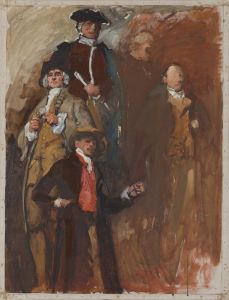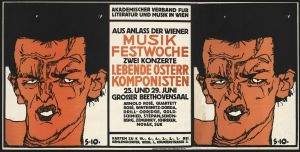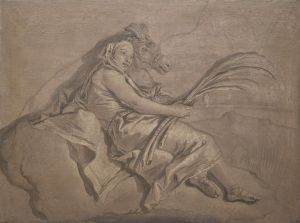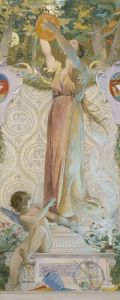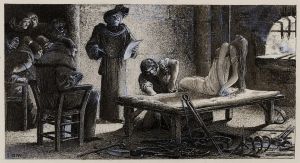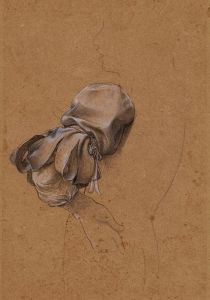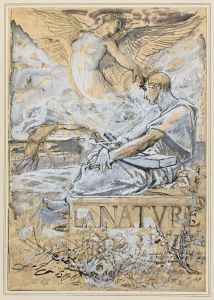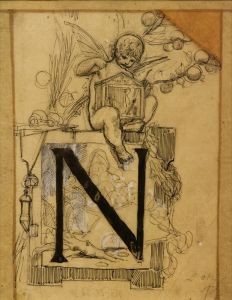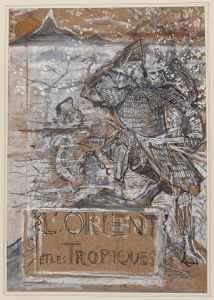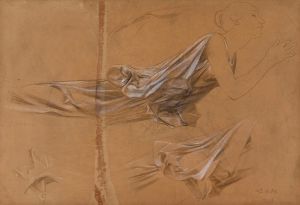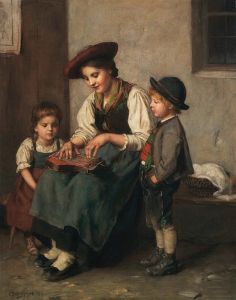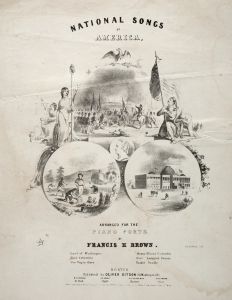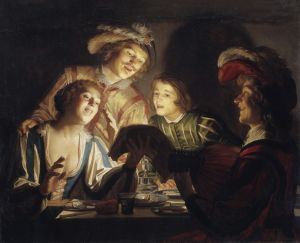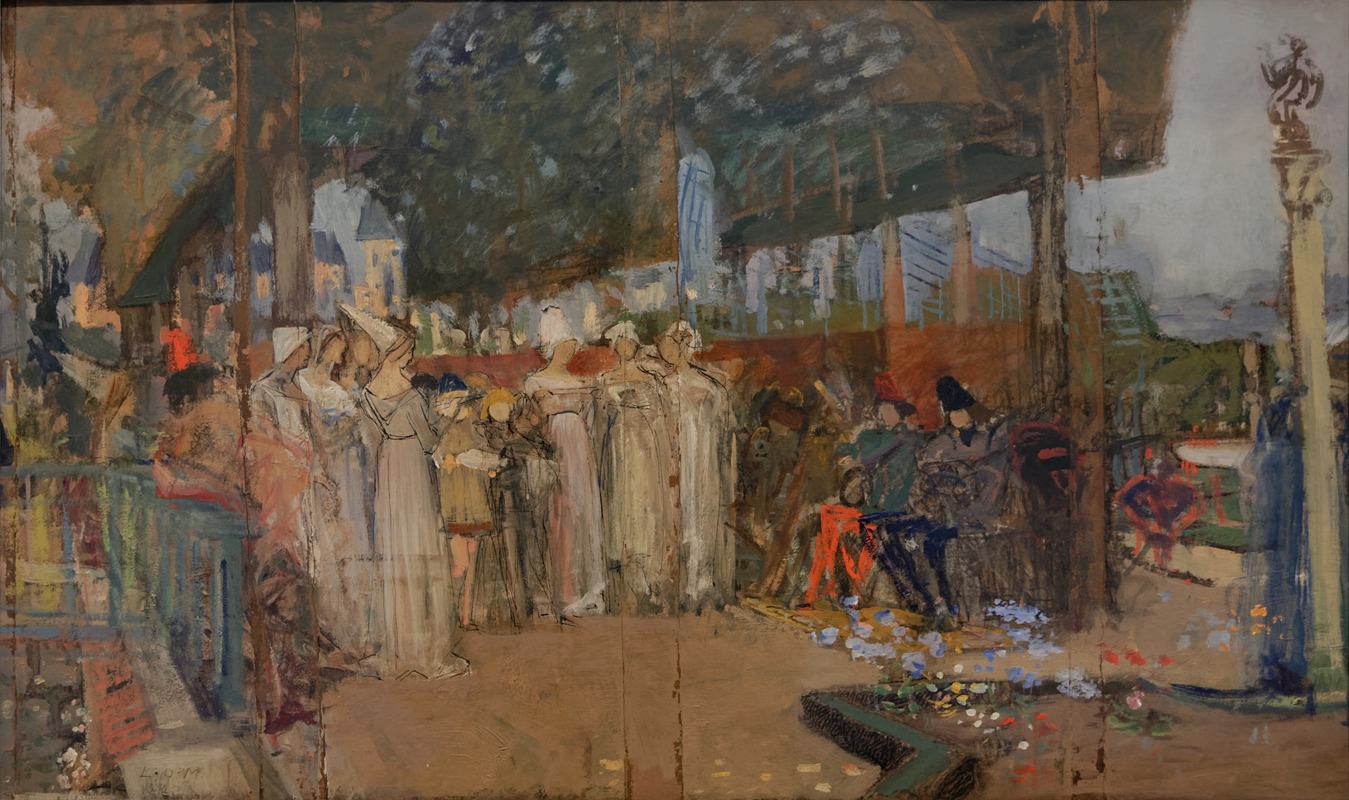
La musique au Moyen Age
A hand-painted replica of Luc-Olivier Merson’s masterpiece La musique au Moyen Age, meticulously crafted by professional artists to capture the true essence of the original. Each piece is created with museum-quality canvas and rare mineral pigments, carefully painted by experienced artists with delicate brushstrokes and rich, layered colors to perfectly recreate the texture of the original artwork. Unlike machine-printed reproductions, this hand-painted version brings the painting to life, infused with the artist’s emotions and skill in every stroke. Whether for personal collection or home decoration, it instantly elevates the artistic atmosphere of any space.
Luc-Olivier Merson was a French academic painter and illustrator, known for his historical and religious subjects. One of his notable works is "La musique au Moyen Age" (Music in the Middle Ages), which reflects his interest in historical themes and his meticulous attention to detail. Merson was born in Paris on May 21, 1846, and he studied at the École des Beaux-Arts under the tutelage of Gustave Chassevent-Bacques and Isidore Pils. He became well-regarded for his ability to blend historical accuracy with imaginative compositions.
"La musique au Moyen Age" is an exemplary piece that captures the essence of medieval music, a subject that fascinated many artists and historians of the 19th century. The painting is characterized by its detailed depiction of musicians and their instruments, set against a backdrop that evokes the architectural and cultural milieu of the Middle Ages. Merson's work often reflects a deep engagement with the past, and this painting is no exception, as it attempts to bring to life the sounds and atmosphere of a bygone era.
The Middle Ages, spanning roughly from the 5th to the late 15th century, was a period of significant musical development in Europe. During this time, music was an integral part of religious and secular life. Gregorian chant, named after Pope Gregory I, was one of the earliest forms of liturgical music in the Christian church. Secular music also flourished, with troubadours and minstrels performing songs that told stories of chivalry and courtly love.
Merson's painting likely draws inspiration from these historical contexts, illustrating musicians playing period instruments such as the lute, harp, or vielle. These instruments were common in medieval music and are often depicted in artworks from or about the period. The setting of the painting may include elements typical of medieval architecture, such as Gothic arches or stained glass, which help to situate the scene in its historical context.
Merson's attention to detail and historical accuracy would have required extensive research into the clothing, instruments, and settings of the Middle Ages. This dedication to authenticity is a hallmark of his work and contributes to the educational value of his paintings. By visually reconstructing the past, Merson provides viewers with a window into the world of medieval music, allowing them to appreciate the cultural and artistic achievements of the era.
"La musique au Moyen Age" is a testament to Merson's skill as a painter and his passion for history. While the painting itself may not be as widely recognized as some of his other works, it remains an important piece for those interested in the intersection of art and history. Merson's ability to convey the spirit of the Middle Ages through his art continues to captivate audiences and serves as a valuable resource for understanding the cultural heritage of the period.
In summary, Luc-Olivier Merson's "La musique au Moyen Age" is a richly detailed painting that reflects the artist's fascination with historical themes and his commitment to authenticity. Through his depiction of medieval musicians and their environment, Merson offers a glimpse into the musical traditions of the Middle Ages, highlighting the enduring influence of this period on the arts.





